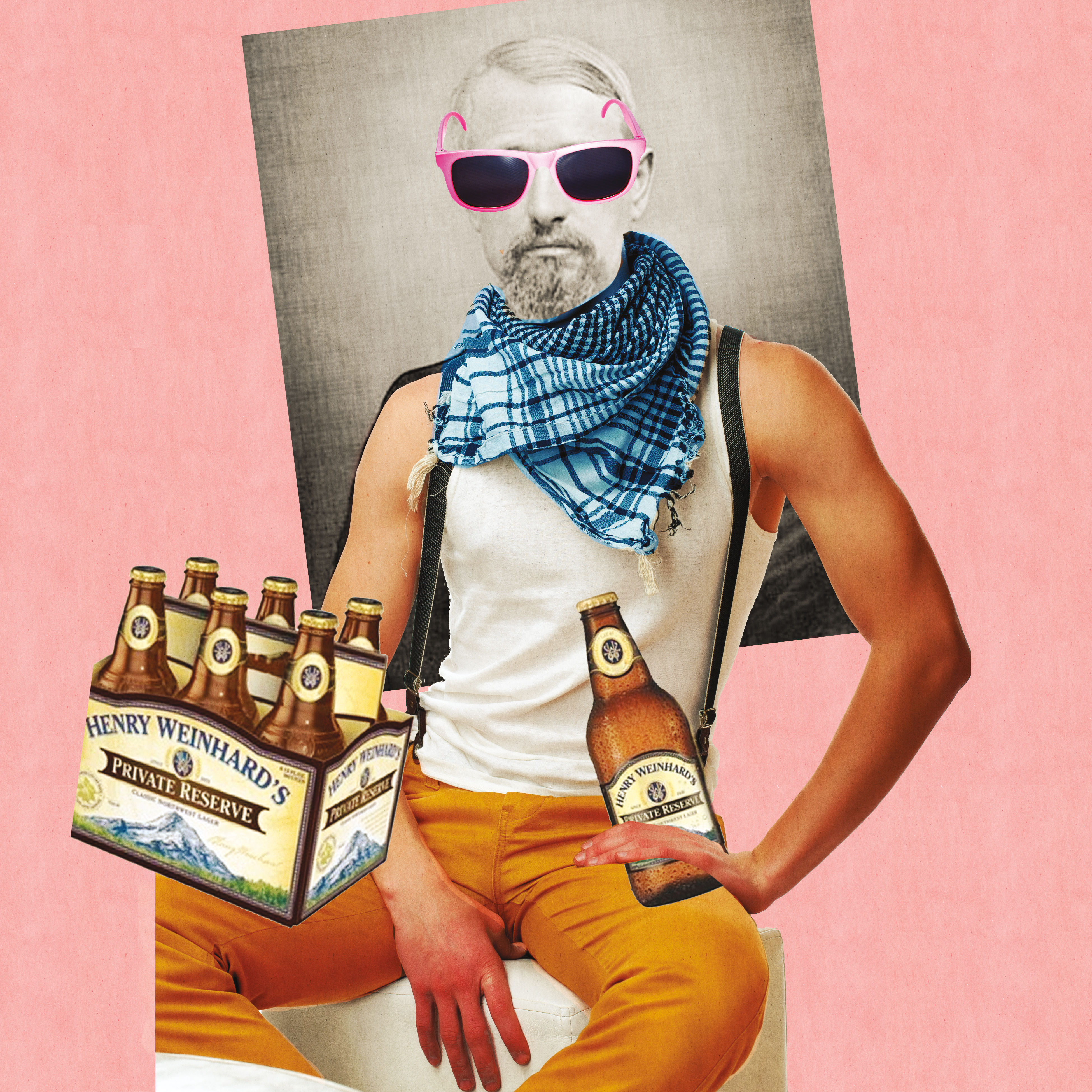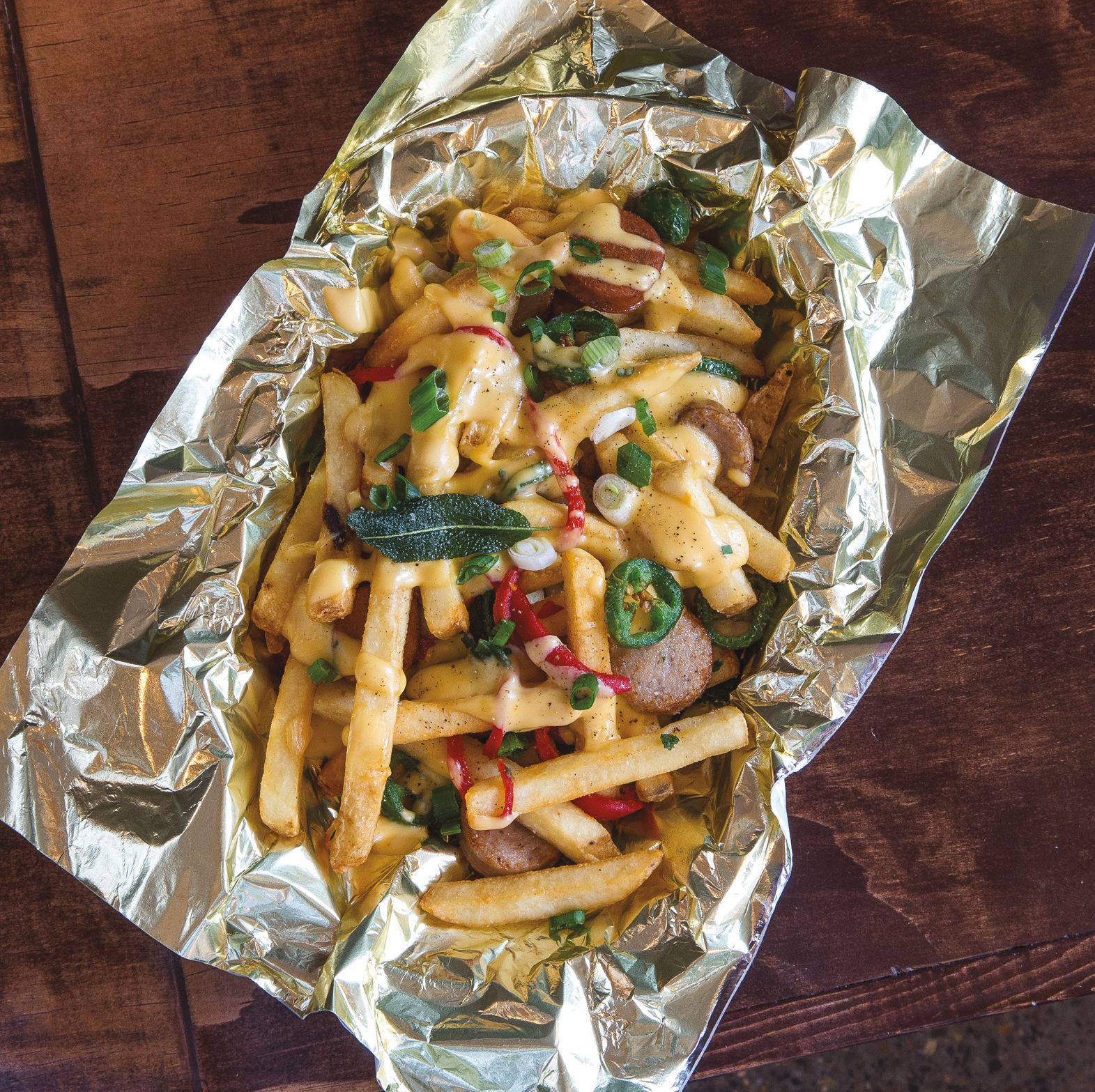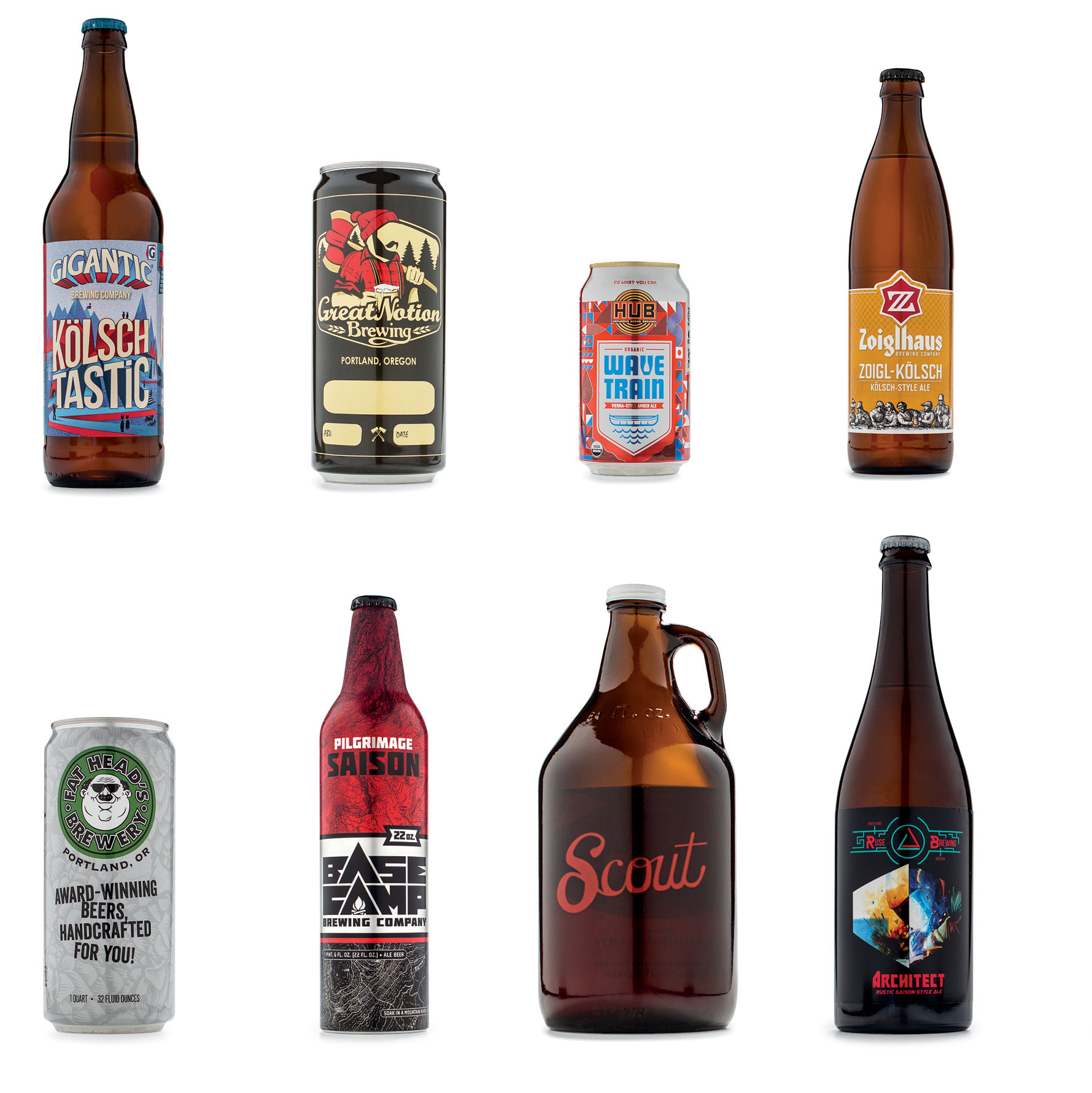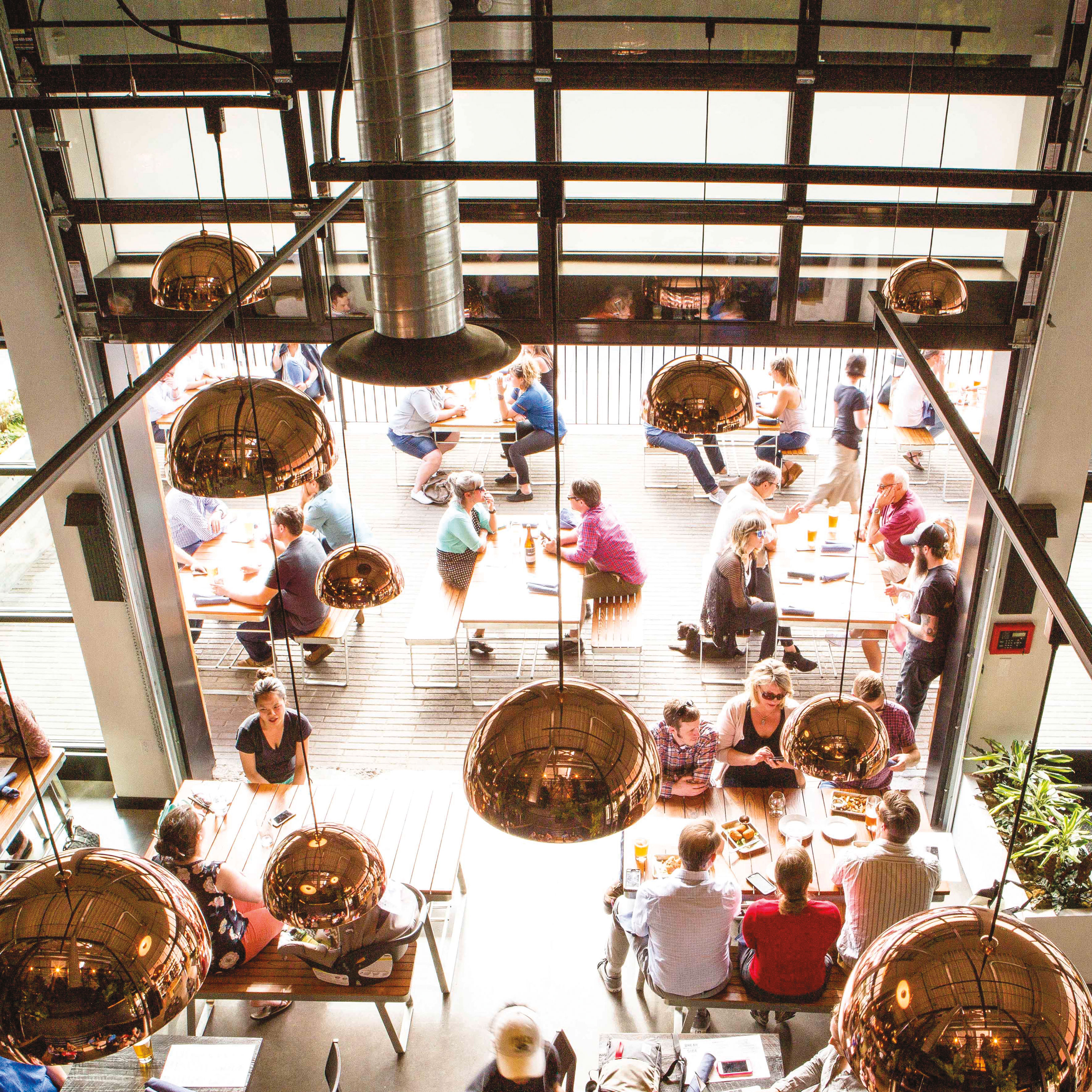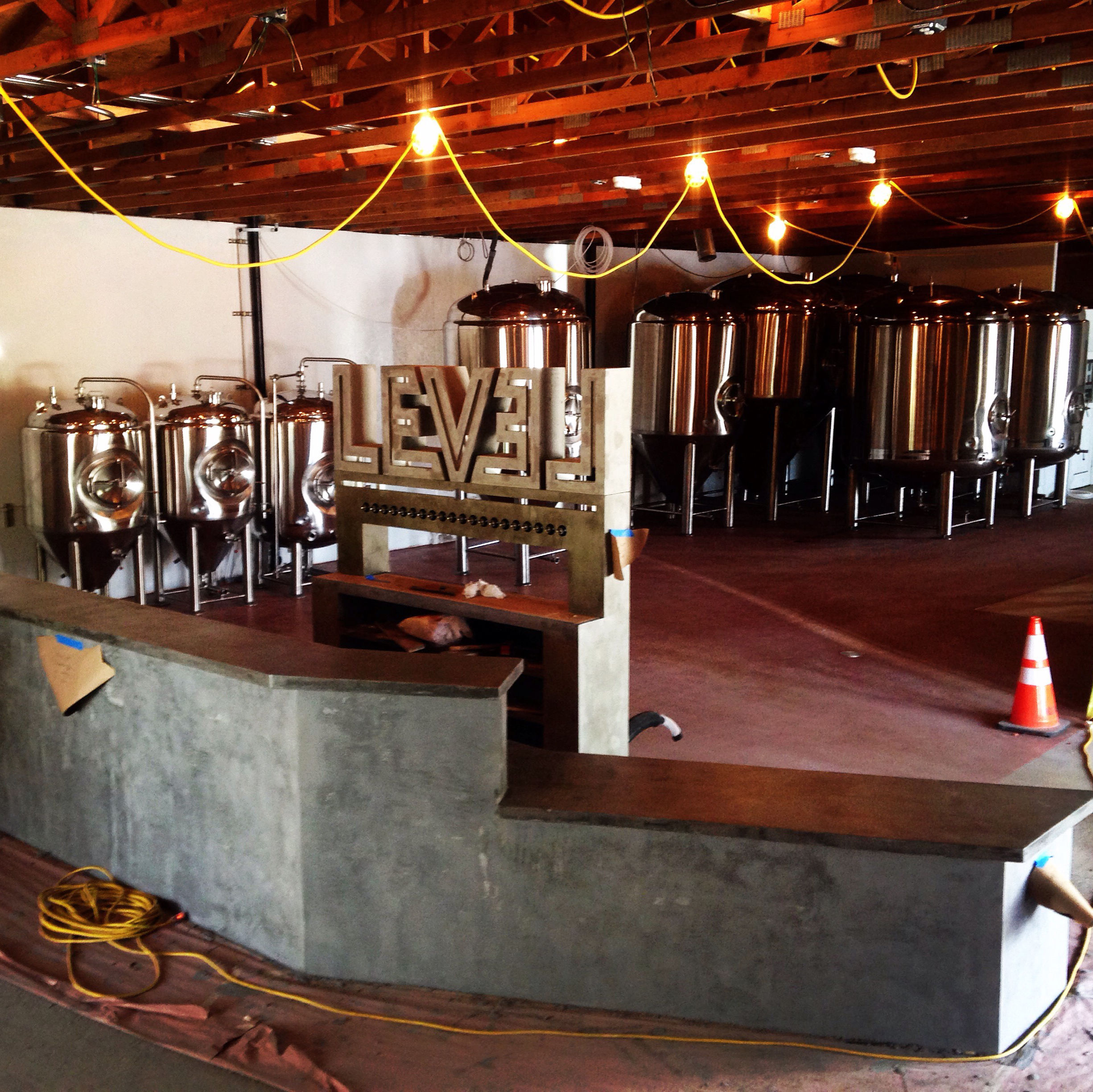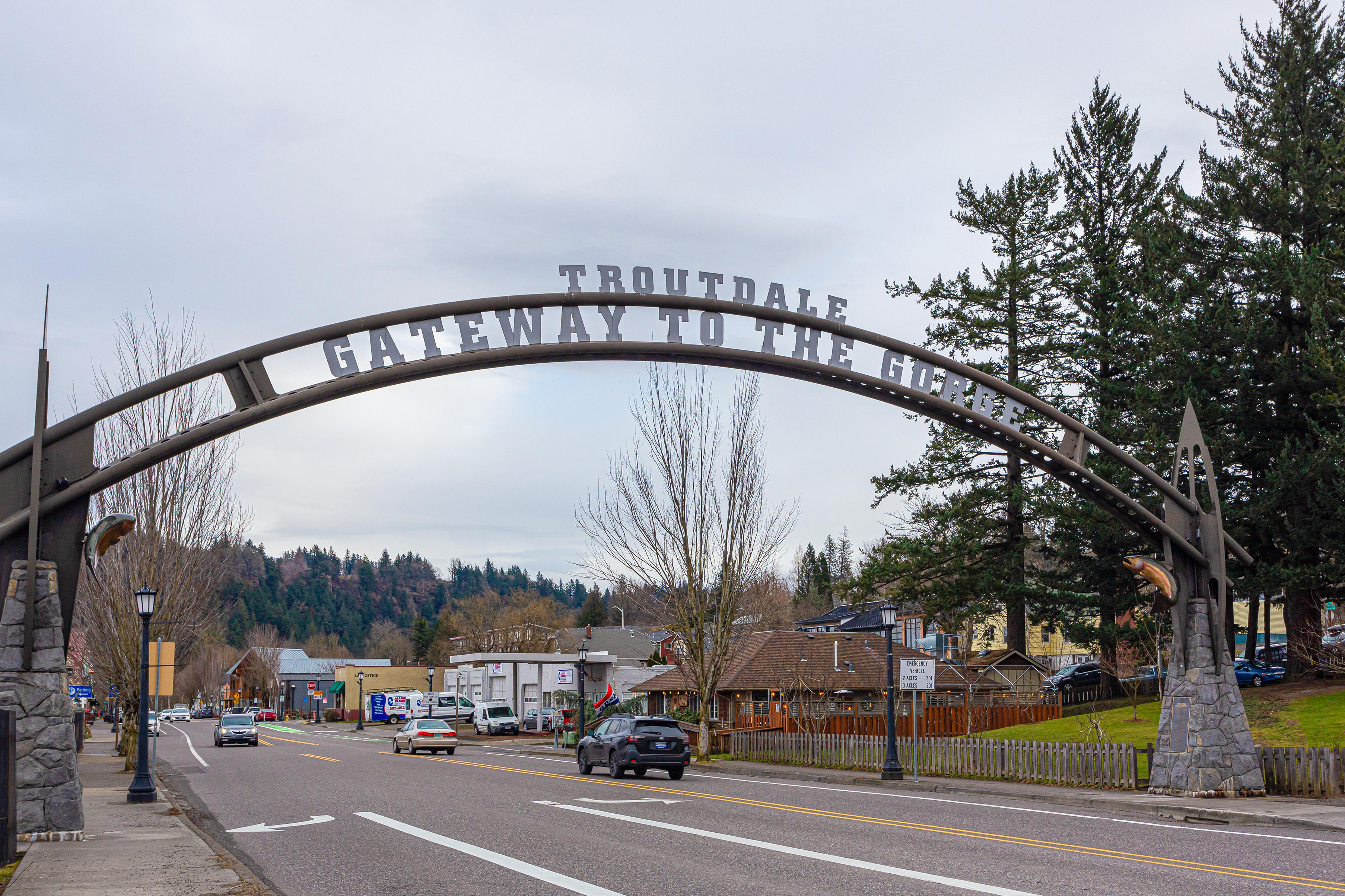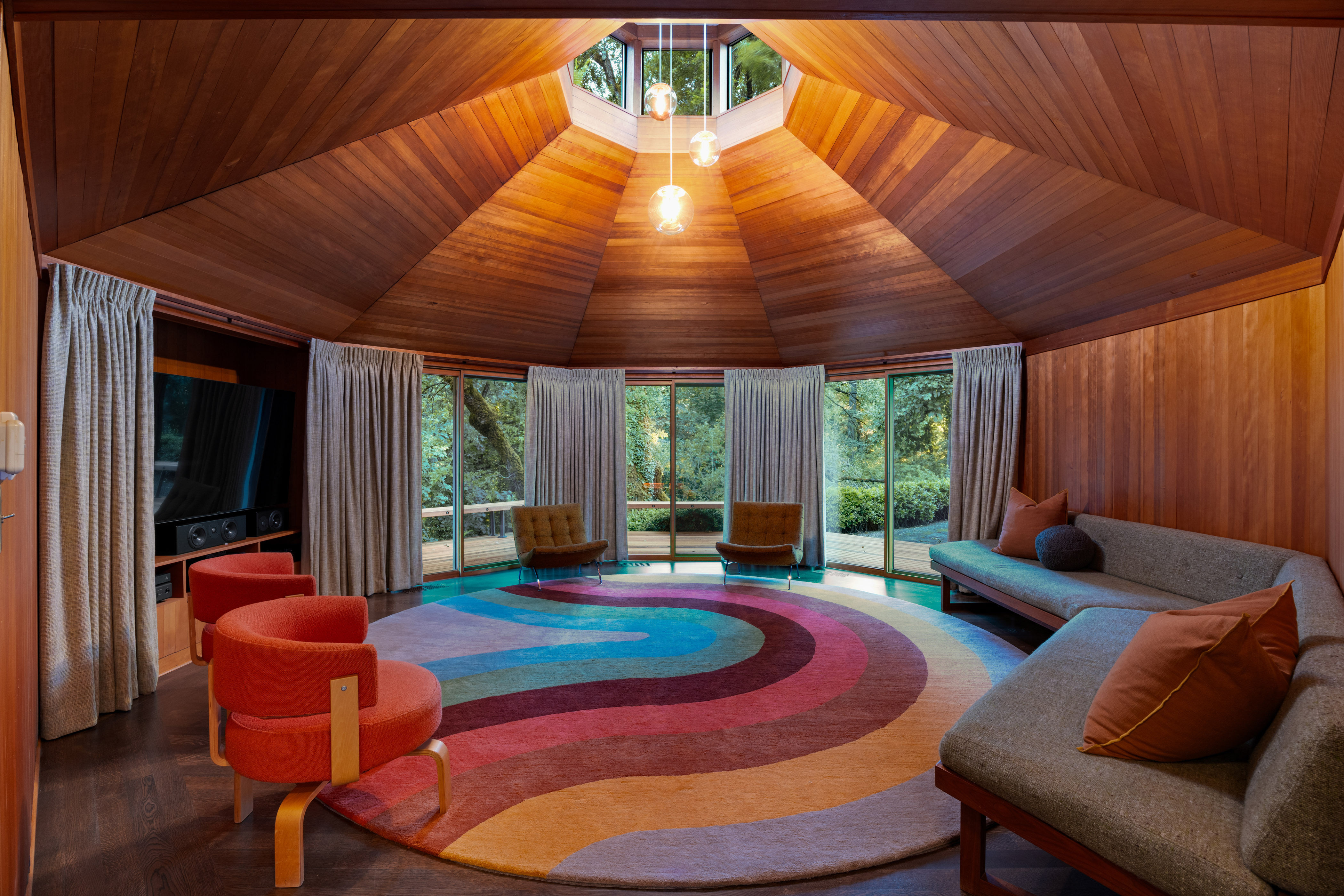Why Portland Is Going Wild for Hazy IPAs
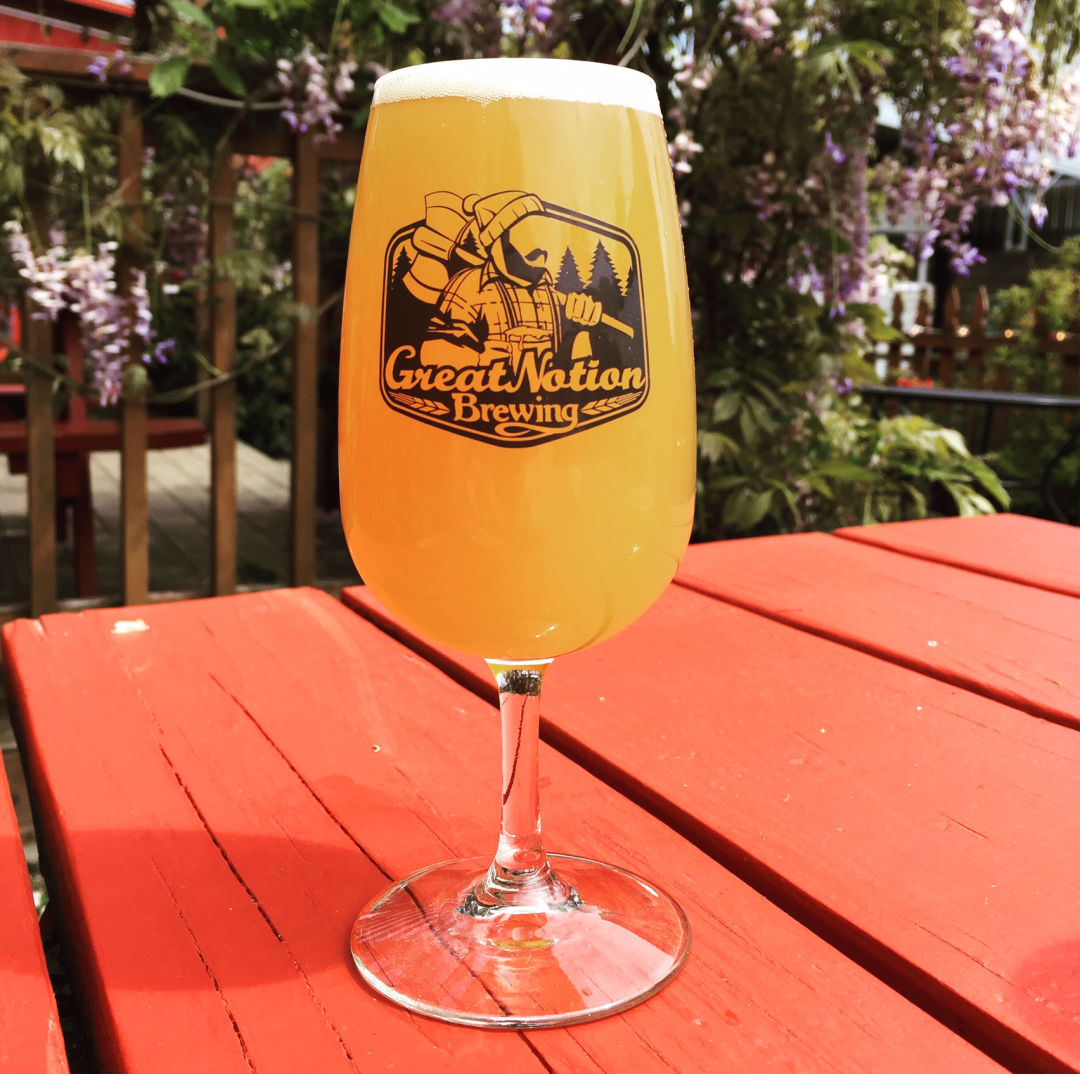
Great Notion's Juice Box, a hazy IPA, was an instant cult classic.
Portland's collective beer tastes are changing, and have been for some time. We’re less insular, more experimental, and more welcoming. Farmhouse ales are now staples at dives and sports bars; putting fruit in beer is no longer a mark of insanity. But there’s no better bellwether of change than the evolution of Portland’s most popular style.
Yes, our beloved West Coast IPAs—the fragrant, bitter hop bombs we’ve developed and championed for nearly two decades—face something they’ve never had before: competition. Hazy IPA, a style born in distant East Coast kettles, is slowly elbowing its way into Portland’s proud draft lists. Thick with mystery, aggressively opaque, it arrived in cans from places like Vermont, Massachusetts, and Pennsylvania, bearing brewery names like the Alchemist, Tree House, Trillium, Tired Hands, and the Veil.
In 2016, Portland’s Great Notion Brewing began concocting its own hazy, an instant cult classic called Juice Box. Other breweries followed, cautiously, then with ever increasing frenzy: Breakside, 10 Barrel, even McMenamins and Widmer. Beer bars like Bailey’s and NWIPA host hazy fests to keep up.
Don’t bother reaching for a style manual to learn about hazy IPAs; you won’t find a mention. These interlopers are style busters, even considered within the wider canon of English, American, session, and imperial IPAs. They lack the sparkling clarity, foamy heads, floral hop notes, bitterness, or clean finishes of, say, Boneyard RPM or Ninkasi Total Domination. Instead, these beers look murky and turbid, like orange juice; they ooze with zesty citrus flavors derived not from fruit but from newer, lab-developed Citra and Mosaic hops; they offer softer mouthfeel, if not a little grittiness. Some brewers, like Breakside’s Ben Edmunds, say they might be better categorized as American wheat or oat beers.
“There was a chip on people’s shoulder for a while,” he says. “How dare these East Coast upstarts start calling these murky beers an IPA?”
Whiffs of rebellion linger along with the fragrant tropical hop aromas emanating from these viscous beers. They’re intentionally murky—brewed with English yeast strains that suspend proteins and hop particles in the beer—but words like murky, muddled, and turbid are technical terms usually used to describe defects or flaws, rather than intentional effects. Many also think hazy IPAs have very short shelf lives—that the big, juicy flavors don’t hold up well. Edmunds says that’s bunk.
“We sent our version to Australia, and it traveled great,” he says. “Better than our other IPAs, in fact.”
Of course, this is not the first time the IPA formula has been tweaked: Cascadian Dark Ales, citrus-infused IPAs, session IPAs, double IPAs, and triple IPAs have all had their moment in the sun. Was all the hard work—to perfect a rainbow of West Coast IPAs—for naught? At Great Notion’s jam-packed bar, it’s not unsual to overhear things like, “I thought I hated IPAs, but I love this beer.”
That’s good. It also hurts, just a little.
Says Edmunds, “There’s a whole theory that there’s an alternate universe where beers are still clear and Hillary Clinton is the president.”
